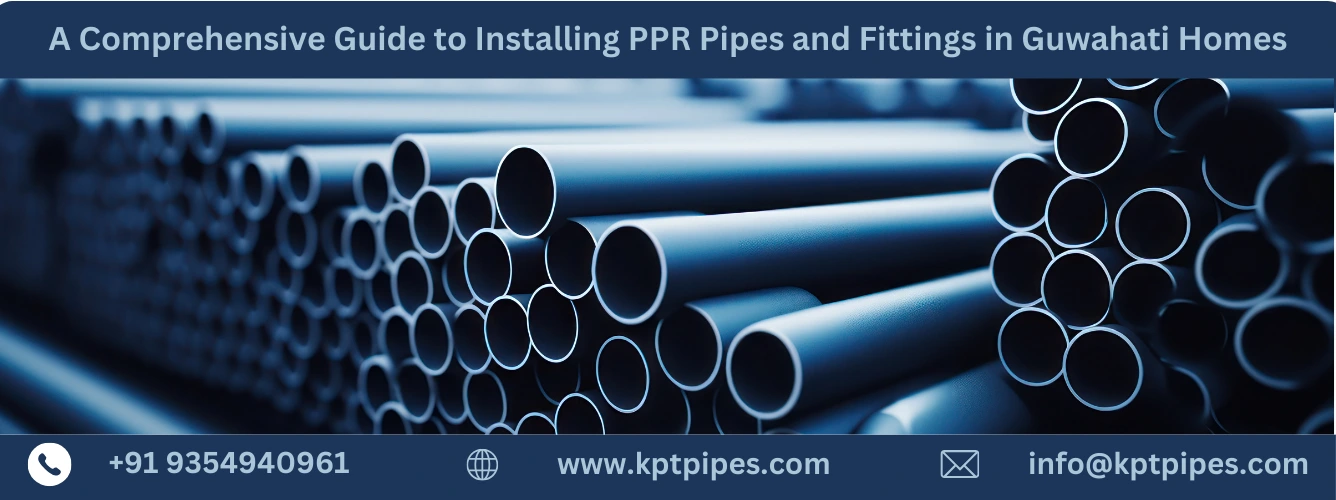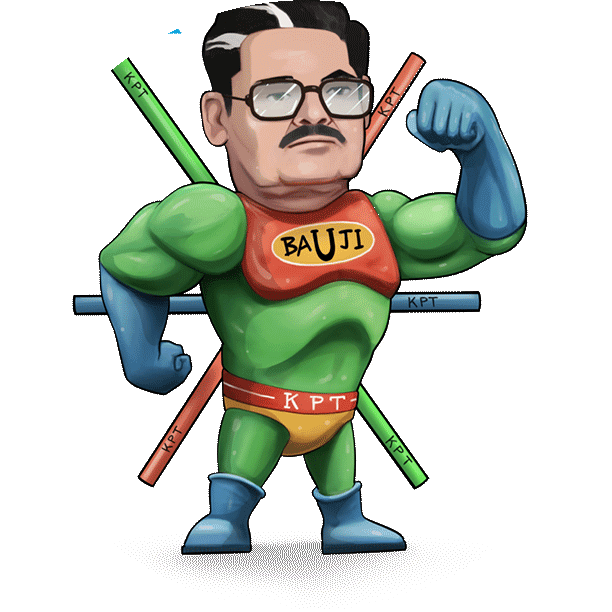
24 Feb A Comprehensive Guide to Installing PPR Pipes and Fittings in Guwahati Homes
In the realm of plumbing, Polypropylene Random Copolymer (PPR) pipes have gained significant popularity for their durability, versatility, and ease of installation. Guwahati, a rapidly developing city in Northeast India, is witnessing a surge in modern housing projects. As residents embrace advanced plumbing solutions, it becomes crucial to understand the proper installation of PPR pipes and fittings for optimal performance and longevity.
Why Choose PPR Pipes?
PPR pipes are renowned for their resistance to corrosion, high temperature, and pressure. Additionally, they are eco-friendly and offer a smooth inner surface, preventing the accumulation of deposits that can hinder water flow. In Guwahati’s dynamic climate, PPR pipes prove to be an excellent choice, ensuring reliability in diverse weather conditions.
Step-by-Step Installation Guide Installing PPR Pipes and Fittings in Guwahati
Assessment and Planning:
Before commencing Installing PPR Pipes and Fittings in Guwahati homes, conduct a thorough assessment of your plumbing needs. Plan the layout and identify the areas where PPR pipes will be installed. Consider factors such as water source, pressure requirements, and the number of fixtures.
Gather the Necessary Tools and Materials:
Ensure you have all the required tools and materials, including PPR pipes, fittings, a pipe cutter, welding machine, measuring tape, and sealant. Quality products are essential for a successful installation, so source them from reputable suppliers in Guwahati.
Prepare the Pipes:
Measure and cut the PPR pipes to the required lengths using a pipe cutter. Ensure the cuts are clean and square for proper fittings. Smooth any rough edges with sandpaper to prevent damage to fittings.
Assemble the Fittings:
Dry-fit the PPR pipes and fittings to ensure they align correctly. Apply a thin layer of PPR-specific sealant on the pipe ends before inserting them into the fittings. This creates a secure, leak-proof joint. Use a proper PPR welding machine to weld the joints, ensuring a strong and durable connection.
Install Support Structures:
Secure the PPR pipes using appropriate support structures. This is crucial to prevent sagging or misalignment over time. Guwahati’s seismic activity emphasizes the need for secure installations to withstand potential ground movements.
Test the System:
After completing the installation, conduct a thorough test of the plumbing system. Check for leaks, pressure issues, and overall functionality. Address any issues promptly to ensure the system’s efficiency and longevity.
Insulate the Pipes (Optional):
In regions with extreme temperature variations like Guwahati, it is advisable to insulate PPR pipes, especially those carrying hot water. This helps in conserving energy and maintaining consistent water temperatures.
Conclusion:
As Guwahati embraces modern infrastructure and housing solutions, the installation of PPR pipes and fittings plays a pivotal role in ensuring a reliable and efficient plumbing system. By following this comprehensive guide, homeowners and professionals alike can contribute to the sustainable development of plumbing infrastructure in the city, fostering a comfortable and modern living experience.


